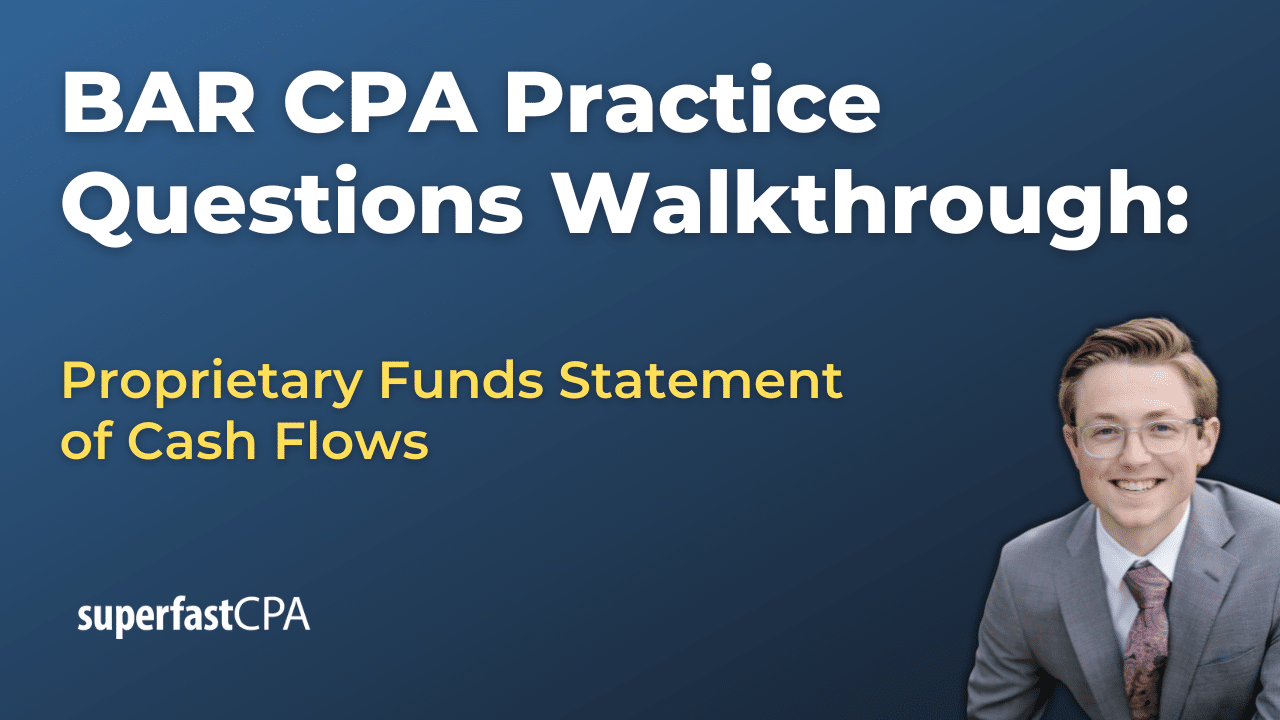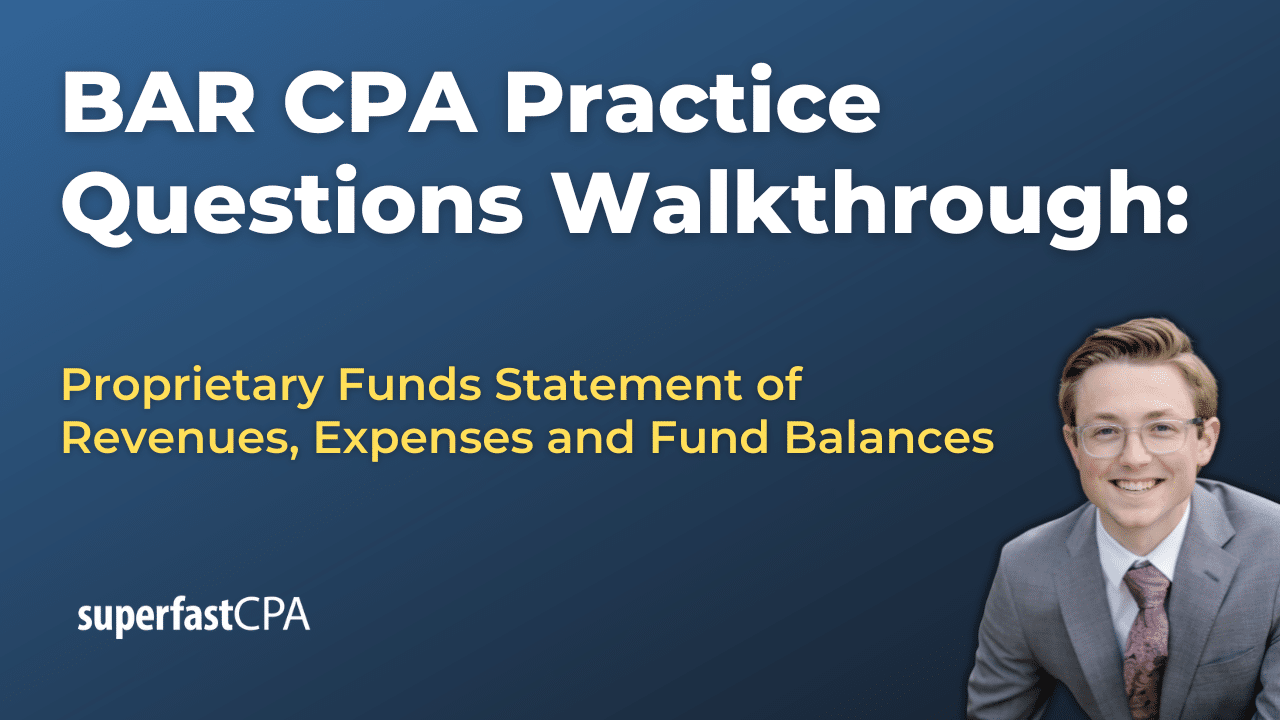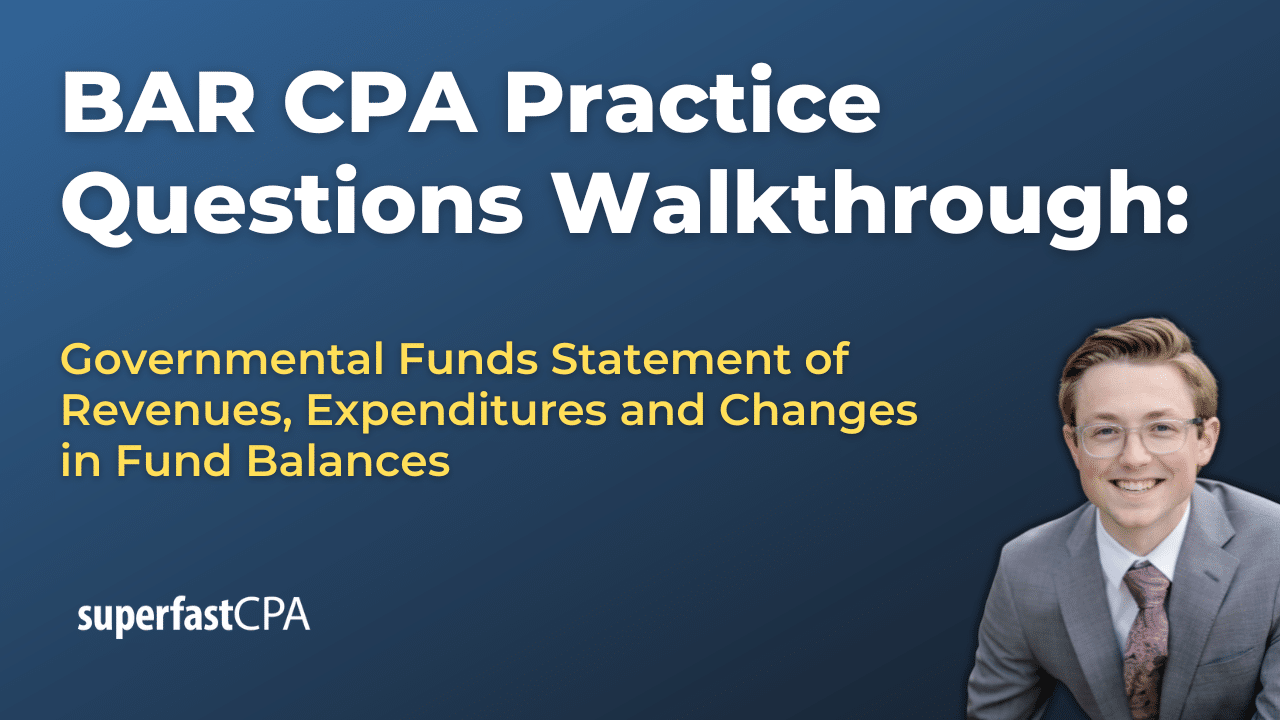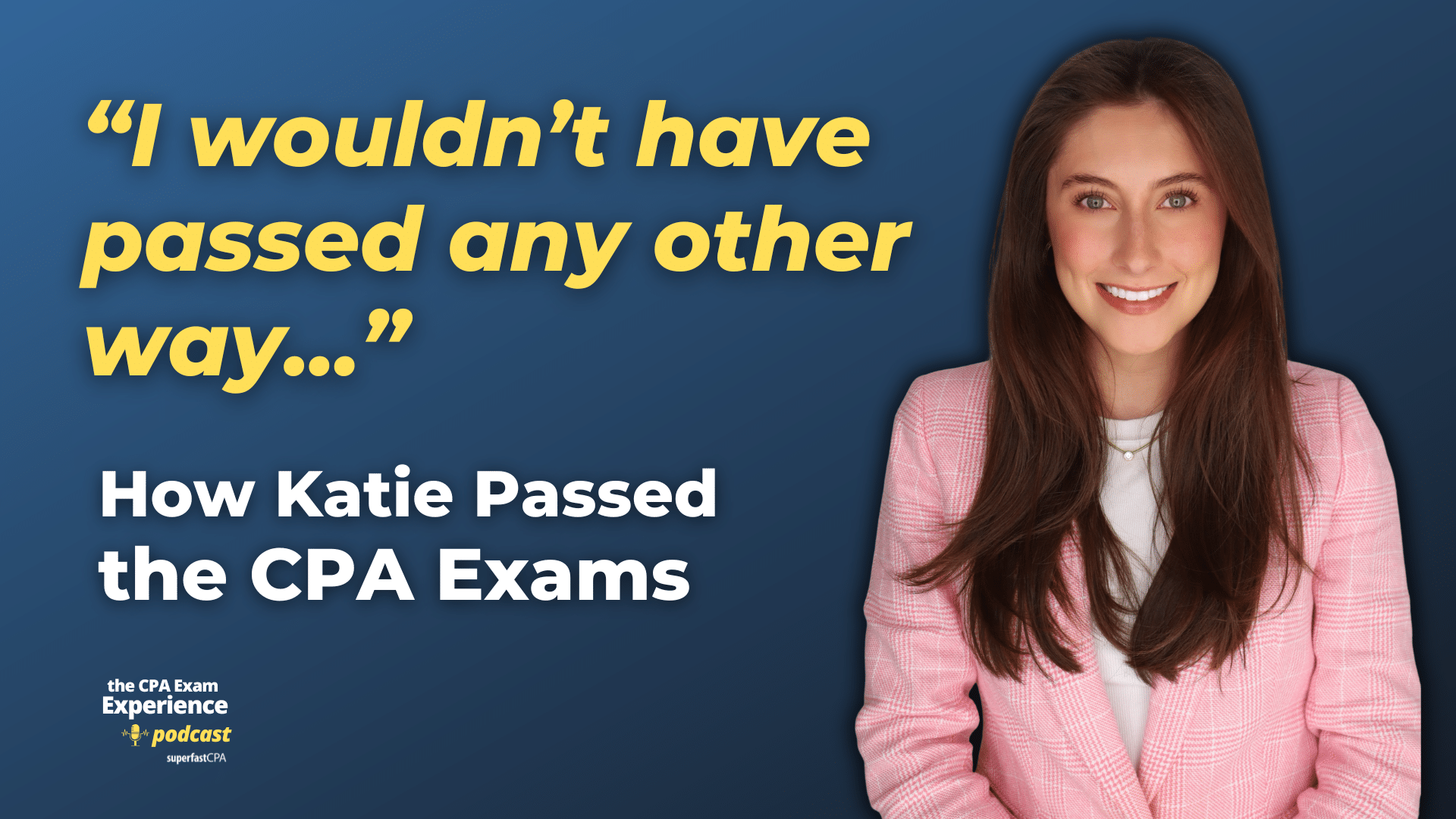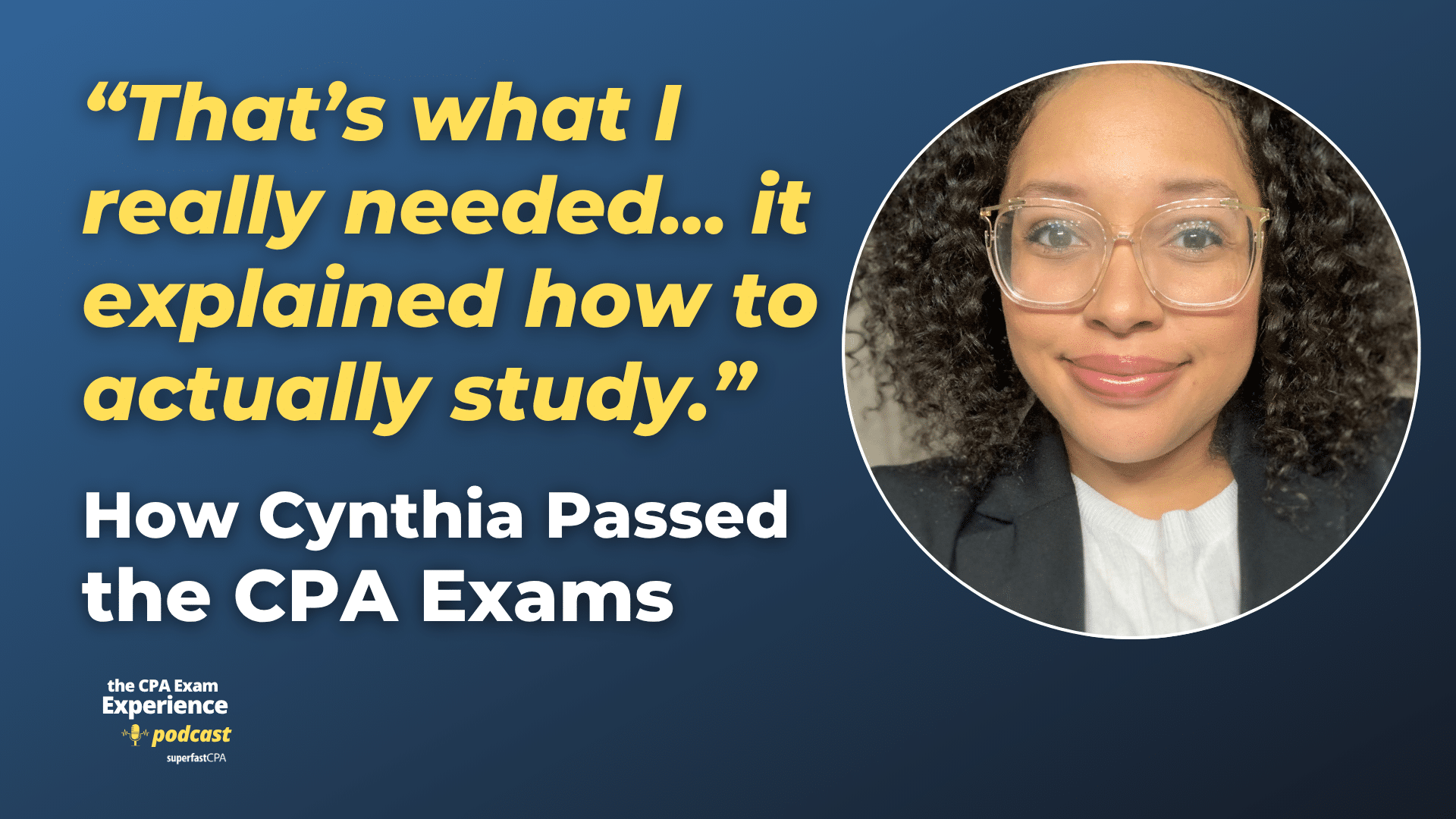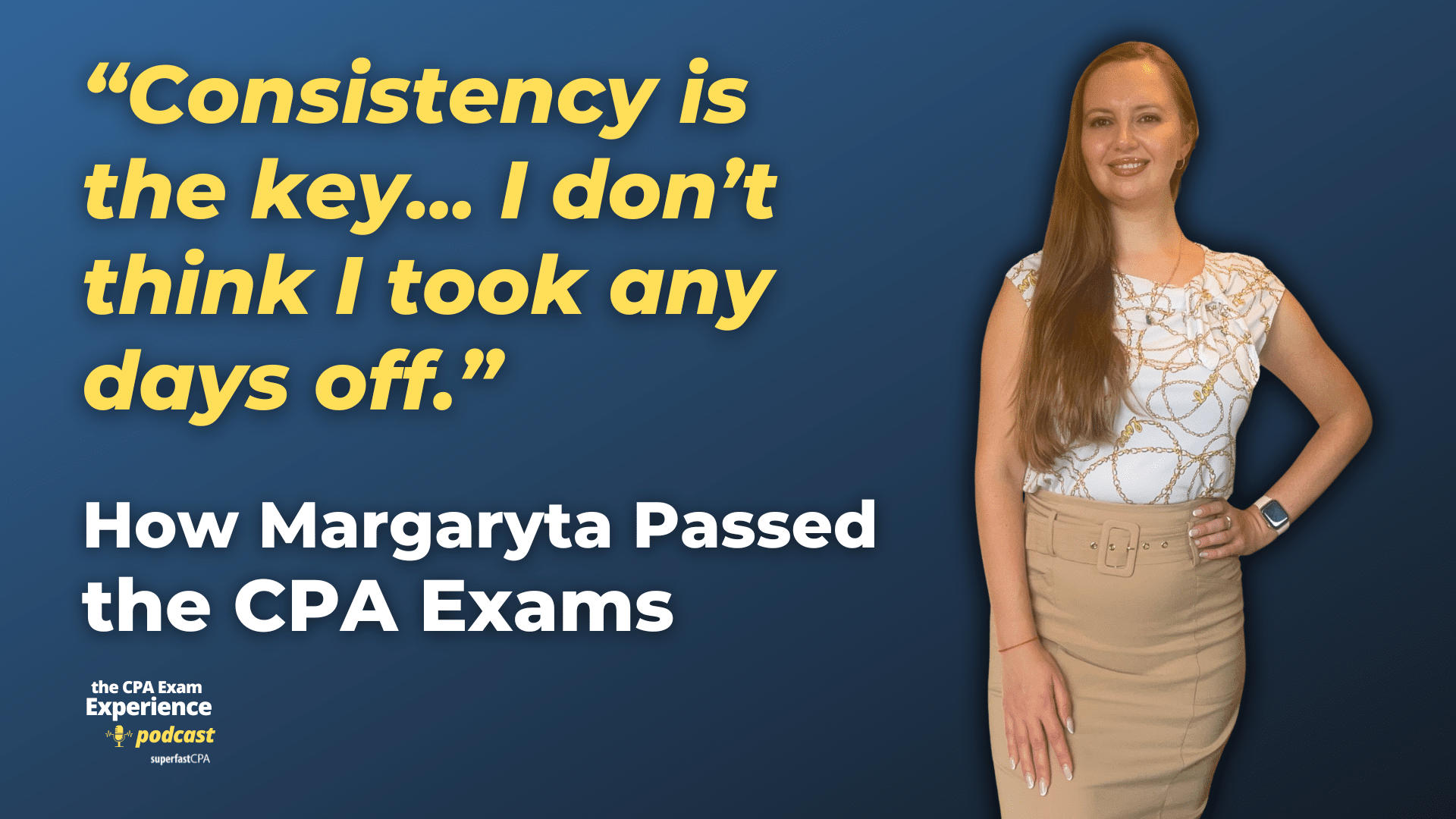In this video, we walk through 5 BAR practice questions teaching about using forecasting and projection techniques. These questions are from BAR content area 1 on the AICPA CPA exam blueprints: Business Analysis
The best way to use this video is to pause each time we get to a new question in the video, and then make your own attempt at the question before watching us go through it.
Also be sure to watch one of our free webinars on the 6 “key ingredients” to an extremely effective & efficient CPA study process here…
Using Forecasting and Projection Techniques
The CPA Exam tests not only your knowledge of accounting principles but also your ability to apply them in planning and decision-making. One essential blueprint area asks you to use forecasting and projection techniques to model financial results—including revenue growth, cost behavior, and profitability.
These techniques are tools that help businesses anticipate performance under various scenarios. Below is an overview of the core ideas tested in this area, supported by practical examples that reflect real-world applications.
Breakeven Analysis: Measuring the Minimum Threshold
Breakeven analysis helps determine how much a company needs to sell before it starts generating a profit. It can be expressed in two ways: in number of units or in sales dollars.
To calculate the breakeven point in units, divide fixed costs by the contribution margin per unit. For example, if a product sells for $50 and has variable costs of $30, the contribution margin per unit is $20. If fixed costs are $120,000, the company must sell:
$120,000 ÷ $20 = 6,000 units
To convert this to a revenue target, multiply the breakeven units by the sales price:
6,000 units × $50 = $300,000 in sales
Understanding breakeven helps managers set performance benchmarks, adjust cost structures, and evaluate pricing decisions.
Contribution Margin and Variable Costing
Contribution margin measures how much revenue remains after covering variable costs. It represents the portion of sales that contributes toward covering fixed costs and generating profit.
This measure is central to variable costing, where only variable manufacturing costs are treated as product costs. Unlike absorption costing, fixed overhead is treated as a period expense.
For instance, if a company sells a product for $75 and incurs $45 in variable costs, each sale contributes $30 to covering fixed expenses. With fixed costs of $90,000 and a sales volume of 3,500 units, the total contribution margin would be:
3,500 × $30 = $105,000
$105,000 – $90,000 = $15,000 in projected profit
Contribution margin analysis is a forecasting tool used in scenario planning, break-even analysis, and performance modeling.
Setting a Price to Meet a Profit Goal
Managers often need to set prices that achieve specific profit targets. To do this, they calculate the contribution needed per unit and add it to the variable cost.
Suppose a company wants to earn $22,000 in profit and expects to sell 2,000 units. Fixed costs are $50,000, and variable costs are $26 per unit. The required contribution is:
$50,000 + $22,000 = $72,000
$72,000 ÷ 2,000 = $36 per unit
Required price = $26 + $36 = $62
Some companies base profit goals on a percentage of cost. For example, a 25% profit on total cost of $108,000 means:
$108,000 × 1.25 = $135,000 in revenue
$135,000 ÷ 4,000 units = $33.75 per unit
These pricing models help translate margin targets into practical sales strategies.
Projecting Profit Based on Expected Sales
When a company has projected revenue but not specific unit estimates, it can still forecast profitability by applying the contribution margin ratio.
If a product sells for $60 and variable costs are $36, the contribution margin is $24, or 40% of the sale price. If forecasted revenue is $480,000:
$480,000 × 40% = $192,000 in contribution margin
$192,000 – $100,000 in fixed costs = $92,000 projected profit
This top-down method is helpful when planning based on revenue targets or when unit volume is uncertain.
Interpreting Correlation and Determination in Forecasting
Forecasting often involves using one variable to predict another. Regression analysis allows analysts to test how well an independent variable (like advertising spend) explains changes in a dependent variable (like sales).
The correlation coefficient (r) measures the strength and direction of the relationship. The coefficient of determination (R²) shows how much of the variation is explained by the model.
If r = 0.8, then R² = 0.64. That means 64% of the variation in sales is explained by advertising spend. A higher R² indicates a stronger predictive relationship, though it does not imply causation.
Statistical tools like r and R² are valuable in budgeting models and help support assumptions behind forecasts.
Conclusion
Forecasting and projection techniques are not one-size-fits-all tools. Each method serves a specific purpose, whether it’s setting a minimum performance target, planning for a profit goal, or modeling the impact of cost structure changes.



